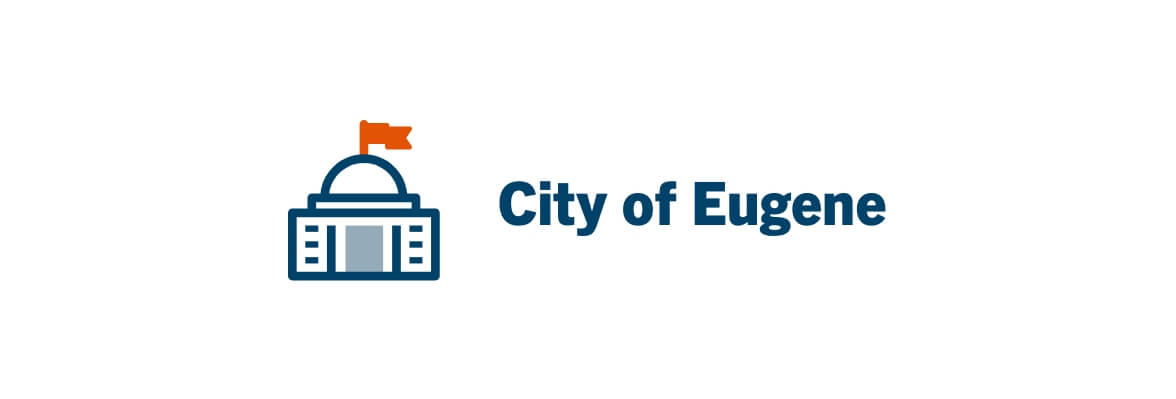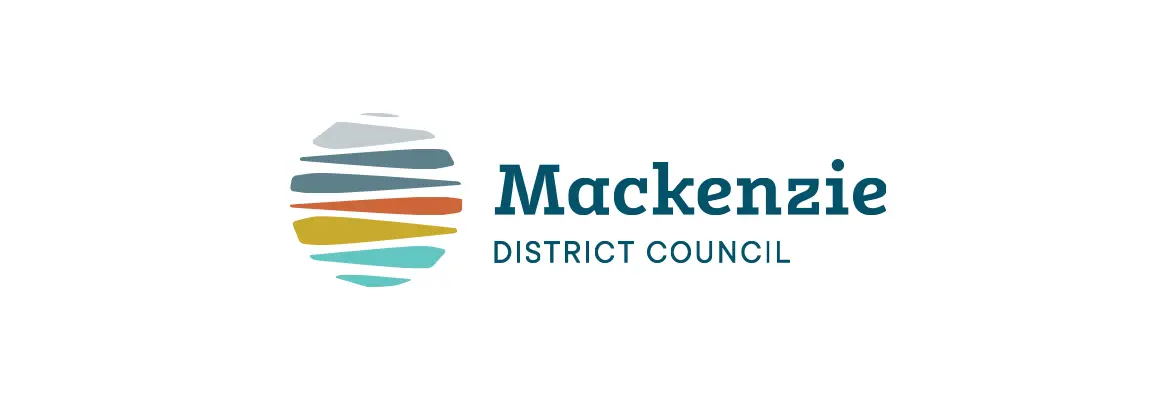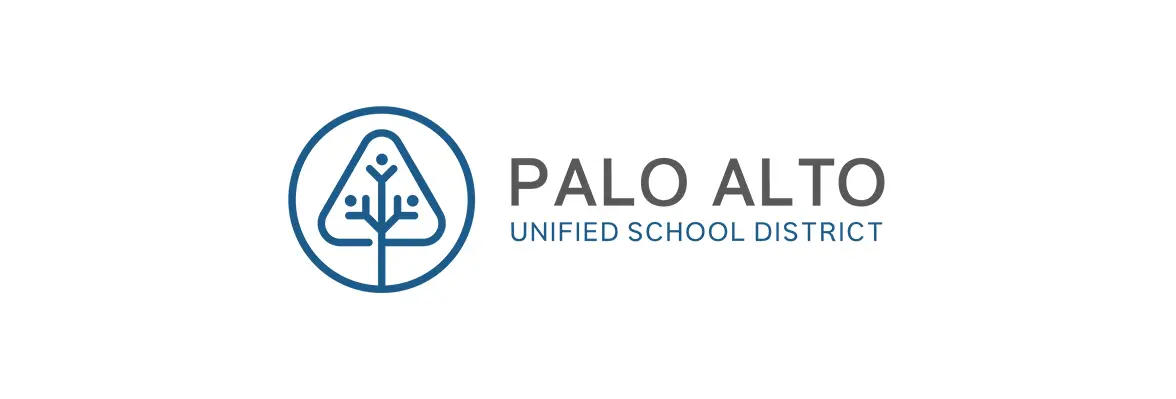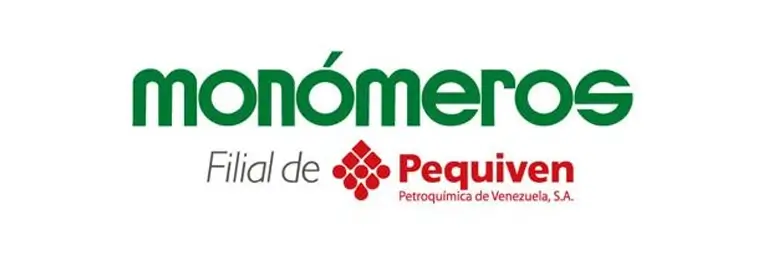City of Eugene
6 min read
In the decade since the City of Eugene, OR, first implemented Laserfiche, the system has been deployed to the City Manager’s Office, City Attorney’s Office and Public Works Administration, Planning and Development, Police, Wastewater, City Prosecutor and Municipal Court. As Department Application Team Manager Loring G. Hummel explains, this resulted in four separate Laserfiche services, one of which included multiple workgroups that shared concurrent licenses between the City Manager’s Office, Planning and Public Works Administration.
“Everything exposed to the Internet was on this server, so we had problems with licenses being used up,” Hummel says. “About two years ago, a member of my team pointed out that our Laserfiche licensing was actually pretty inefficient—overall the number of concurrent users was inadequate to maintain and grow.”
Hummel saw that a consolidation to an enterprise solution made sense to streamline administration, and would allow him to better leverage his own staff to handle future integrations and deployments. Eugene’s long-time reseller VPCI, of course, had an app for that: Laserfiche Rio enterprise content management.
In April 2009, Hummel submitted a memorandum to Eugene’s Central Services Advisory Board outlining a plan to consolidate Eugene’s four Laserfiche systems by moving to Laserfiche Rio. Besides recapping the “high return on investment” Eugene had already enjoyed in the areas of sustainability, efficiency and “new capabilities”—GIS and SharePoint integration among them—as well as asset protection over the last ten years, he outlined the potential benefits of moving to Laserfiche Rio:
- Unlimited servers and repositories: With the unlimited servers included in the Laserfiche Rio system, Hummel’s team could easily establish environments for testing and pilot projects.
- Named user licenses: Instead of limiting mission-critical users like judges and 911 operators with first-come, first-serve concurrent licensing, licenses assigned to individual users would provide constant access.
- Enterprise-wide features: Because Laserfiche Rio licenses come fully loaded with a complete suite of applications, features previously used only by certain departments—including Laserfiche Workflow, Laserfiche Records Management Edition and the Laserfiche-SharePoint Integration—would now be available city-wide.
- Unlimited read-only public connections: Laserfiche Rio’s Public Portal provides unlimited read-only connections through Laserfiche WebLink, which would enable the city to meet surges in public demand for information.
Hummel points out that a 100% credit offered by Laserfiche, as well as pooling support costs, not only made the upgrade affordable, but it also allowed the city to centralize administration and IT staffing for further deployment and customization.
Leveraging a city-wide telecom tax set up to support three-year IT projects, Hummel was able to secure a funding boost to launch the project, while giving departments a temporary break from their own support costs until 2013.
The Rio Reality
According to Hummel, “Laserfiche Rio not only solves our licensing problem, but it also lays the framework for Laserfiche as a common content management platform for everyone across the enterprise,” Hummel adds. “Beyond that, it has the potential to become a real information sharing and collaboration tool.”
The biggest improvement, Hummel says, is centralizing Laserfiche administration and service. “I think we’ve made a more professional IT environment for Laserfiche—which is part of laying the groundwork for future deployment,” he says. “We’re proactive in that we’re able to apply patches and fixes all at once. Where we had functions within departments before, we’re able to cultivate expertise in the right place as far as realigning departmental staff into central server administration.”
At the same time, he adds, this centralization has afforded Eugene greater control and oversight of its information assets. “A big benefit is that the whole system is auditable. Because Laserfiche authorization is now controlled by a central administrator, in respect to security roles, we’re able to lock down repositories and folders according to different administrative needs,” Hummel says. “Now, we’re treating Laserfiche like one of our larger information systems such as ERP and database servers that also encompass risk management and compliance.”
And, he says, having a single, standardized ECM system allows staff to be more self-sufficient. “We have a lot of applications with embedded Laserfiche components, so we use the Laserfiche SDK a lot. We’re a .NET shop, so that’s the kind of flexibility that’s important to us,” Hummel says. “Laserfiche offers flexibility and programmability in terms of .NET integration that allows a full-featured IT shop like ours to use the tools we already have to fully customize it for our own applications.”
He points to a recent example: “We built an ASP.net web application for building inspectors in our planning and development department that has GIS maps, their routes, etc. All supporting documents are stored in Laserfiche, but the inspectors use the application in their cars, and click on a button and the supporting documents come up in Laserfiche WebLink—without them knowing where it came from. All the searching and metadata is behind the scenes. We basically wrote our own client.”
Standardizing Enterprise-Wide
For Hummel, standardization is its own combination of reality and potential. “In government, everything seems to grow in silos, by workgroup and department,” Hummel says. “The ability to easily and seamlessly automate information across organizational boundaries—it’s kind of the holy grail of IT.
“Just having Laserfiche isn’t going to get us there, but our Laserfiche Rio-based architecture—and by that I mean both the placement of servers on our network as well as the way we positioned our repositories to simplify the creation of shared processes—gives us the technical framework that will allow departments to create business processes to cut through silos. That’s a good start,” he adds.
He also points to the promise of Laserfiche Workflow, which will enable his department to easily develop and implement standardized, repeatable processes. “For city-wide applications, we’ll write our own custom user interfaces. We want to use the workflow engine, but we’ll build in interactivity using the SDK API and .NET,” he says.
One of these new business processes is city-wide contract management. “Right now, every department keeps its own copies of contracts and its own retention policies, even though everything’s in the City Recorder’s archives. They may not know what’s being kept centrally and if they do, they think it’s a big process to access them,” Hummel says. “One of the things that attracted us to Laserfiche Rio was the idea of transparent records management, so we could make the actual storage transparent and be able to assign access to certain folders according to who needs to get them. That way, we can really increase the transparency of information back to the organization, which will translate into efficiency.”
Hummel points to this efficiency in the evolution—and simplification—of how the Eugene Police Department (EPD) shares reports with the Eugene Municipal Court (MuniCourt).
- In the past, the EPD used shortcuts to a special distribution folder in Laserfiche, then a custom integration that briefcased police reports to move them into the MuniCourt repository—which still created multiple copies.
- Now with Laserfiche Rio, EPD staff use a simple “yes/no” MuniCourt template field to give the court read-only access to designated reports in the EPD folder, which are searchable by case number.
“We actually had a customization written for the prosecutor [to briefcase reports for MuniCourt]. But since going to Laserfiche Rio, now that they’re sharing common services, we’ve eliminated a ton of custom code and complexity,” Hummel says.
Reaching ROI
Hummel is confident this self-sufficiency will translate into enterprise efficiency, especially on the staffing side. “We’re not talking about using automation to eliminate positions, but we’re looking at using technology to cope with positions we have already lost during the economic downturn, as well as any future staff reductions,” Hummel says. “We want to make sure the level of service doesn’t deteriorate. We want to cope with the reduced footprint using automation tools. Laserfiche is one way to do that.”
Besides increase efficiency, he says, Laserfiche Rio has allowed his staff the freedom and focus to excel as well. “The information services department is 40-plus people, where all six city departments have two to three analysts to determine their application needs,” Hummel explains. “Every department is really its own business. One of the challenges is to serve very specialized departmental needs with a fairly modest staff. Each member of my team is assigned directly to a department for application support, so professional collaboration among IT staff has always been a challenge.
“Laserfiche has been a unifier,” he adds. “We have a team of Laserfiche IT folks so we can make the most of where the expertise lies to serve all the different departments. It’s made the upgrade possible. We have this collaborative environment that’s made the lines between assignments more fuzzy, so hopefully that will be a catalyst for other [IT-driven] endeavors.”
Hummel notes that functionality his staff once had to develop themselves is now available out of the box. That, and the collaborative, catalyzing environment standardizing on the Laserfiche Rio ECM system inspires, is encouraging, he says, both for the success of the Laserfiche consolidation, but in terms of the reality and potential of his own department.
“If you look at companies like Microsoft or Apple, they owe a lot of their success to the way developers are able to build innovative solutions in it,” Hummel says. “It’s not locked down. Like Laserfiche, it’s a broader base of development that encourages more innovation, because users are not just customers, they’re partners.”





